Specific growth rates and feed-conversion ratios were almost identical
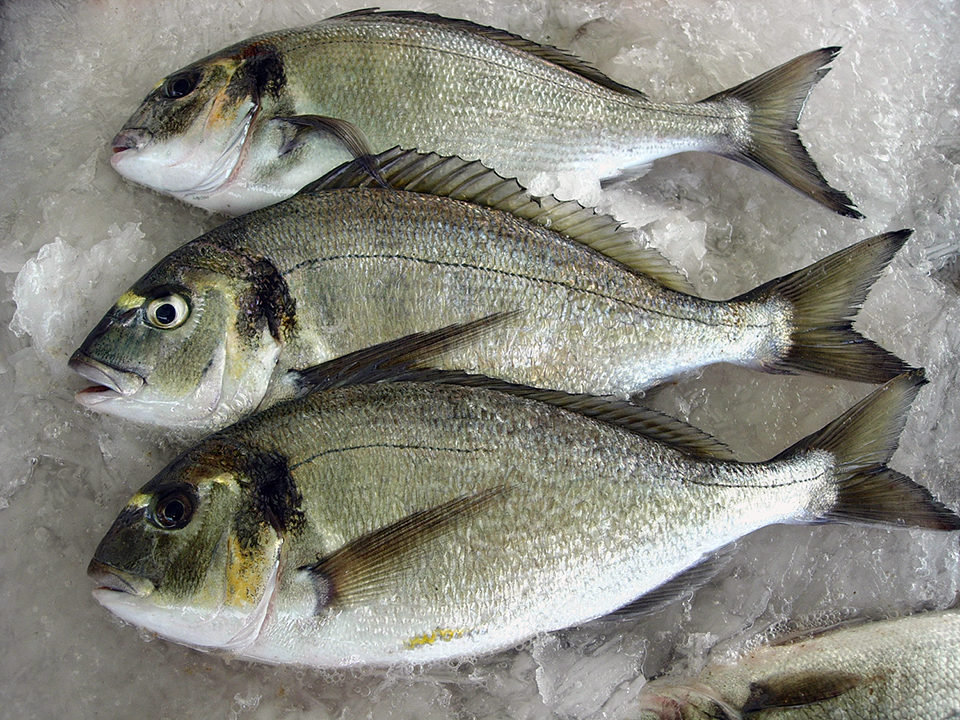
Traditional feed formulations for marine fish are high in marine ingredients, containing 40 to 45 percent fishmeal and 10 to 15 percent fish oil. There is growing ecological and ethical opposition to the use of these finite and valuable aquatic resources as ingredients for aquaculture feed, as well as growing economic concern about the future availability and cost of fishmeal and fish oil due to increasing demand from the expanding global aquafeed industry.
Soybean meal and oil
In contrast to fishmeal and fish oil, soybean meal and soybean oil are the most abundant global sources of feed protein and fat, with current global production estimated at more than 153 million metric tons and 36 million metric tons (MT), respectively. Increased replacement of fishmeal and fish oil by soybean products offers possibilities to stabilize formulation costs in marine fish feeds.
However, many farmers of marine fish are hesitant to use high levels of soybean products in feed due to a fear of reduced palatability and digestibility, slower growth, and poorer feed conversion compared to traditional feeds containing high levels of fishmeal and fish oil. Consumer fears of reduced health benefits due to marine product replacement could be allayed by a finishing period prior to slaughter, during which the fish receive feeds containing high levels of fishmeal and fish oil to restore their content of omega-3 highly unsaturated fatty acids.
Fishmeal replacement study
The authors recently carried out a study to determine the optimal inclusion levels of vegetable proteins and fats, with emphasis on soy products, for the combined replacement of fishmeal and fish oil in practical diets for gilthead sea bream (Sparus aurata) one of the main species of marine fish produced in the Mediterranean region.
Three isonitrogenous and isoenergetic diets with 45 percent crude protein and 20 percent crude fat were formulated for testing with gilthead sebream: FM65 control diet with 65 percent of the protein in the diet from fishmeal and 95 percent of the fat originated from fishmeal and fish oil, FM50 with 50 percent of the protein and 73 percent of the fat from marine sources and FM35, which contained 35 percent protein from fishmeal and 60 percent of the crude fat from marine sources.
In the FM50 and FM35 diets, fishmeal and fish oil were replaced by vegetable sources of protein and fat, predominantly soy products due to their cost efficiency compared to other plant ingredients. The replacement of fish protein/fat was balanced by the supplementation of the essential amino acids lysine and methionine, phosphorus (monocalcium phosphate) and a blend of palatability/digestibility enhancers.
The test feeds were prepared at INVE Aquaculture N.V. in Belgium by extrusion cooking in a twin-screw extruder, followed by vacuum coating of the oil mixtures. The ingredient costs at the time for the January 2007 trial resulted in significant gains in formulation cost for the feeds with lower levels of fishmeal and fish oil (Table 1).
Trial protocols
The trial was conducted in an indoor recirculating aquaculture system in 18, 600-liter cylindrical fiberglass tanks with well seawater at 22 ± 1 degrees-C and salinity of 37 ± 1 ppt. The system had a recharge rate of 10 percent per day, depending on the water quality values, and a flow rate of 6 to 7 liters per tank per minute.
Fish of 29 g initial size were stocked at 40 fish per tank, acclimatized to the system for two weeks and subsequently fed the experimental diets for 10 weeks. The tanks were connected to a biofiltration unit and a protein skimmer. Photoperiod was set to have 12 hours of light daily. Feed rations were fed on a percentage of body weight basis for all treatments.
Feed was presented on automatic belt feeders 8 a.m. to 8 p.m. Uneaten pellets were collected twice daily with feed intake corrected accordingly. Total ammonia nitrogen and nitrite levels were checked three times per week. Temperature and dissolved oxygen were checked daily.
Robles, Feed formulations, Table 1
| FM65 | FM50 | FM35 |
|---|
FM65 | FM50 | FM35 | |
|---|---|---|---|
| South American fishmeal (%) | 45.3 | 34.8 | 24.40 |
| Fish oil (%) | 15.0 | 11.5 | 9.80 |
| Defatted soybean meal (%) | 18.3 | 22.5 | 35.00 |
| Soya protein concentrate (%) | – | 7.2 | 4.60 |
| Corn gluten (%) | 4.0 | 4.0 | 4.30 |
| Wheat gluten (%) | 3.8 | 1.1 | 1.00 |
| Pea protein concentrate (%) | – | – | 4.70 |
| Rapeseed meal (%) | – | 5.9 | – |
| Soybean oil (%) | – | 4.0 | 6.00 |
| Wheat flour (%) | 13.1 | 7.0 | 7.00 |
Robles, Performance parameters for seabream , Table 2
| FM65 | FM50 | FM35 |
|---|
FM65 | FM50 | FM35 | |
|---|---|---|---|
| Growth rate (%/day) | 1.60 | 1.59 | 1.58 |
| Feed-conversion ratio | 1.13 | 1.13 | 1.13 |
| Hepatosomatic index (%, wet weight) | 1.27 | 1.23 | 1,16 |
| Viscerosomatic index (%, wet weight) | 5.30 | 5.39 | 5.62 |
| Dry matter liver (%, wet weight) | 36.0 | 38.2 | 38.8 |
| Crude fat liver (%, wet weight) | 14.5 | 16.7 | 18.7 |
Results
The three diet regimes showed similar growth, with no significant differences (P > 0.05) identified. Specific growth rates and feed-conversion ratios were almost identical (Table 2). There were also no significant differences in the hepatosomatic and viscerosomatic indices, or the values obtained for the proximate composition of liver and fillets (Table 2 and Fig. 1).
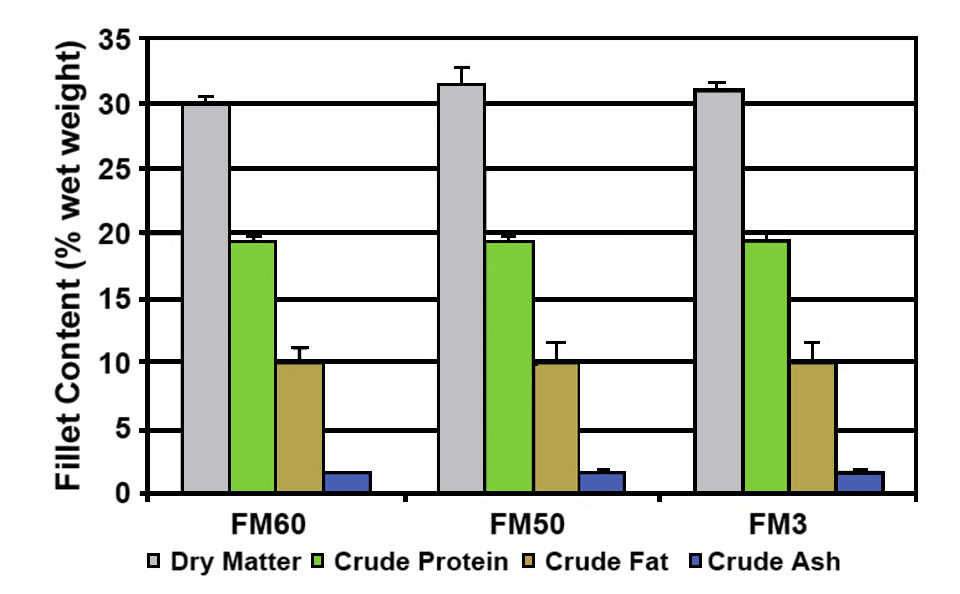
Histological evaluations of the intestinal epithelium of the seabream fed the three diets during 10 weeks did not show major morphological changes due to the inclusion of soy products. Nine samples per diet were evaluated. The general overview of the samples was good and considered normal for the species.
(Editor’s Note: This article was originally published in the March/April 2008 print edition of the Global Aquaculture Advocate.)
Now that you've reached the end of the article ...
… please consider supporting GSA’s mission to advance responsible seafood practices through education, advocacy and third-party assurances. The Advocate aims to document the evolution of responsible seafood practices and share the expansive knowledge of our vast network of contributors.
By becoming a Global Seafood Alliance member, you’re ensuring that all of the pre-competitive work we do through member benefits, resources and events can continue. Individual membership costs just $50 a year.
Not a GSA member? Join us.
Authors
-
Rocio Robles
Caditec Testing SL
Pol. El Trocadero
C/Holanda, 29 11510
Puerto Real-Cádiz, Spain -

Sam Ceulemans
INVE Aquaculture
Hoogveld, Dendermonde, Belgium -

Peter Coutteau, Ph.D.
INVE Aquaculture
Hoogveld, Dendermonde, Belgium -
Michael Cremer, Ph.D.
American Soybean Association International Marketing
St. Louis, Missouri, USA
Tagged With
Related Posts
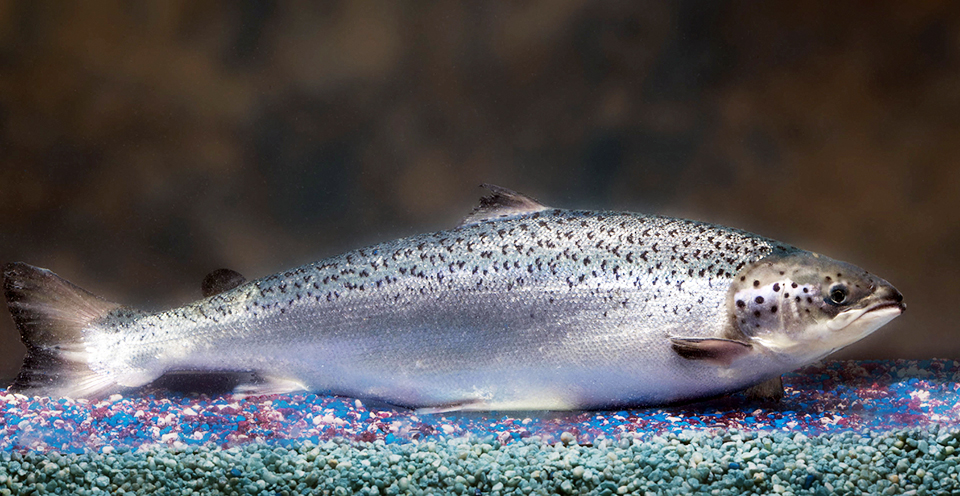
Intelligence
A brief look at genetically modified salmon
If approved by FDA, fast-growing genetically modified salmon will provide a safe and nutritious product similar to other farmed Atlantic salmon.
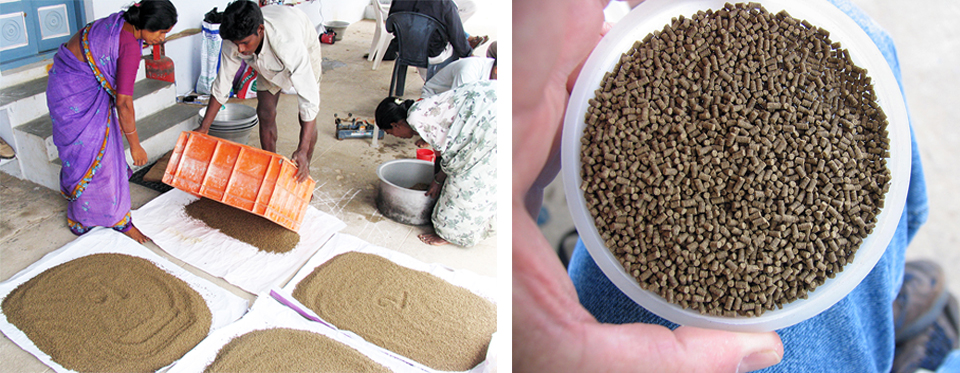
Aquafeeds
A look at India’s fish feed industry
India's fish-farming industry makes limited use of modern feeds, providing potential for the feed sector to grow. Commercial feeds are predominantly used for pangasius farming, followed by a rising popularity in carp culture.
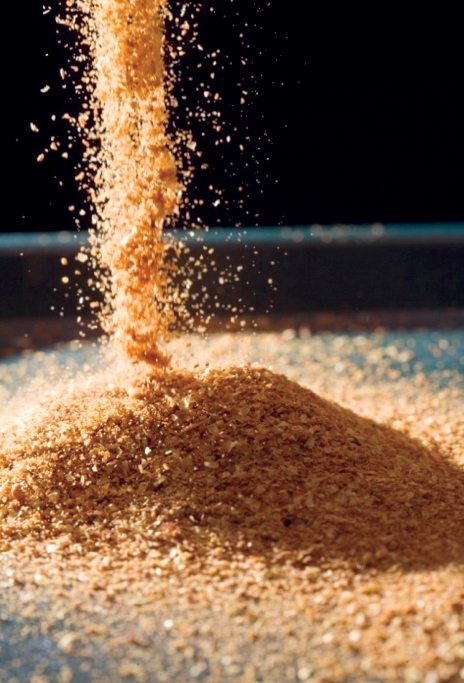
Aquafeeds
A look at corn distillers dried grains with solubles
Corn distillers dried grains with solubles are an economical source of energy, protein and digestible phosphorus to reduce feed costs and fishmeal usage.

Aquafeeds
A look at protease enzymes in crustacean nutrition
Food digestion involves digestive enzymes to break down polymeric macromolecules and facilitate nutrient absorption. Enzyme supplementation in aquafeeds is a major alternative to improve feed quality and nutrient digestibility, gut health, compensate digestive enzymes when needed, and may also improve immune responses.


